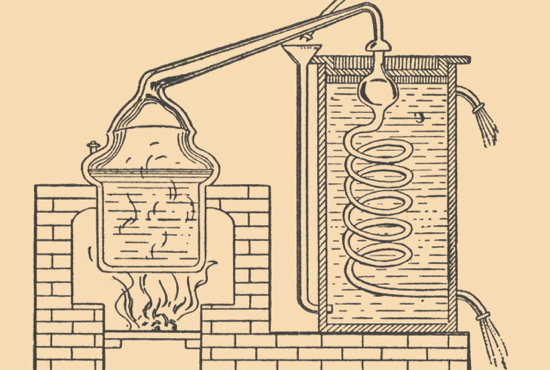Where does rum come from?

Now there’s a dandy question for a rainy afternoon. Reader Faith, I thank you for it. Rum is a New World spirit, a product of the West Indian sugar industry, originally invented when a vat of either cane juice or rain-diluted molasses was allowed to ferment. And of course one of the happy by-products of fermentation is alcohol.
Historians say it was probably plantation slaves that first began to drink this rough and ready grog — basically a sugar cane beer — which must have been horrible stuff. But it was cheap and intoxicating. Eventually it occurred to some enterprising souls to distill the beer into concentrated spirits and bingo — rum came into being. Before long people throughout the West Indies and in the Colonies were drinking this new “rumbullion.”
The British Navy got interested in rum in the mid-1600?s as an inexpensive alternative to the brandy rations they routinely issued to their sailors. Which meant that the British lower classes soon developed a taste for rum, and eventually the European lower classes in general. Of course rum soon became a central commodity in the so-called “Triangle Trade”, which certainly wasn’t a good thing, but I try not to think about that when I apply some to a pastry.
Oh, and in case it isn’t obvious at this point, it’s the residual sugar that’s left in rum that gives it its distinctive sweet taste.